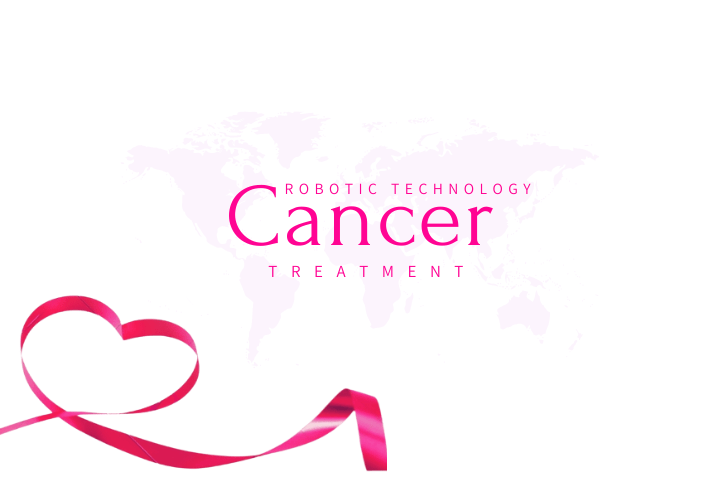The Role of Robotic Technology in Cancer Treatment
The role of Robotic technology has revolutionized the way cancer is treated. It is being used to enhance the precision and accuracy of surgical procedures, resulting in less invasive and more effective surgeries. In this article, we will explore the robotic technology used in cancer treatment, the technical devices and software used, and how they are better than existing cancer treatments.
I. Introduction
Cancer is a complex disease that requires various treatment options. Robotic technology has played a significant role in advancing cancer treatment options, from early detection to personalized medicine. The latest advances in this technology have led to less invasive and more effective cancer surgeries.
II. What is Robotic Technology in Cancer Treatment?
Robotic technology refers to the use of robots in cancer treatment. These robots are designed to enhance the precision and accuracy of surgical procedures, resulting in less invasive surgeries with fewer complications. The robot is controlled by a surgeon who uses a console to operate the robot’s arms and instruments.
III. Technical Devices Used in Robotic Technology for Cancer Treatment
- Robot Arm : In cancer treatment, the robot arm plays a vital role as the primary component of robotic technology. It is designed to perform the surgery with precision and accuracy.
- Endoscope : During surgery, surgeons insert a small camera called an endoscope into the body. It provides a clear view of the inside of the body, allowing the surgeon to see the tumor and surrounding tissue.
- Trocars : During surgery, surgeons insert trocars, which are small tubes, into the body.They allow the surgeon to insert the instruments needed to remove the tumor.
- Console : The console is where the surgeon sits during surgery. It allows the surgeon to control the robot’s arms and instruments.
IV. Software Used in Robotic Technology for Cancer Treatment
-
Computer-Aided Design (CAD) –
CAD software designs surgical instruments and the robot arm. It allows for precise and accurate design, ensuring that the instruments fit the robot arm perfectly.
-
Three-Dimensional Imaging –
Surgeons use three-dimensional imaging software to create a three-dimensional model of the patient’s body. This allows the surgeon to see the tumor and surrounding tissue in 3D, providing a better view of the area to be operated on.
-
Surgical Navigation System –
During surgery, surgeons use the surgical navigation system to track the location of the surgical instruments. It ensures that the surgeon can see exactly where the instruments are in relation to the tumor, reducing the risk of damaging healthy tissue.
V. Advantages of Robotic Technology for Cancer Treatment
- Less Invasive – Robotic surgeries are less invasive than traditional surgeries, resulting in fewer complications and a faster recovery time.
- Precision and Accuracy – Robotic technology allows for more precise and accurate surgeries, reducing the risk of damaging healthy tissue.
- Better Visualization – Robotic technology provides better visualization of the surgical area, allowing the surgeon to see the tumor and surrounding tissue more clearly.
- Faster Recovery – Patients who undergo robotic surgeries for treating the cancer that have a faster recovery time than those who undergo traditional surgeries.
VI. Conclusion
Robotic technology has revolutionized the way cancer is treated. The latest advances in robotic technology have led to less invasive and more effective cancer surgeries. The use of technical devices and software has made robotic surgeries more precise and accurate, resulting in better outcomes for patients. As technology continues to evolve, we can expect even more exciting developments in cancer treatment. Robotic technology is undoubtedly the future of cancer treatment.
Also read: Quantum Computing: Real-Time Applications




